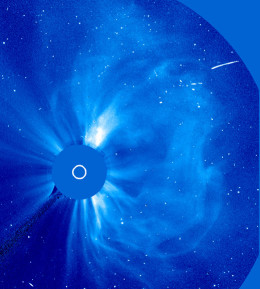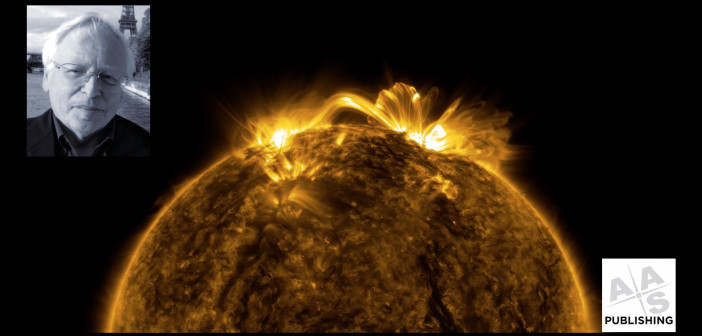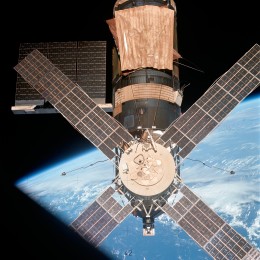In the lead-up to next week’s 2016 Solar Physics Division (SPD) meeting, we wanted to introduce you to Leon Golub, our new Lead Editor for the Sun and the Heliosphere corridor.
Leon is a Senior Astrophysicist in the High Energy Division at the Harvard-Smithsonian Center for Astrophysics. He specializes in studies of solar and stellar magnetic activity, and he has built numerous rocket and satellite instruments to study the Sun and its dynamic behavior.
* * * * *
Tell me about your field of research and some of your current projects.
I’ve been working primarily on understanding the dynamics of the solar corona, especially using new types of instrumentation that can provide challenges to our theoretical understanding.
Why did you choose this field?Shortly after graduating from MIT in experimental high energy physics I found a position with a group that was preparing to launch an X-ray telescope on Skylab as part of the cluster of solar instruments called the Apollo Telescope Mount. I have stayed with that field and related ones ever since.
What do you consider to be some of the biggest open questions in solar and heliospheric research today?
There are so many major questions that it’s difficult to just settle on a few. The heliosphere is defined by the extent of the influence of the Sun on the interstellar medium. It is an exciting time in that area of study, because we now have the ability to make impressive new observations that allow us to test our understanding of that outer boundary.
Within those limits, the Sun has a major influence on solar system objects via its gravitational pull, its light and heat, and the magnetized plasma and high energy particles that it emits in all directions. We are making major discoveries related to how the Sun has influenced the formation and evolution of the planets, including our own planet.
The source of all this influence is, of course, the Sun itself, and we are working to understand how magnetic fields are generated inside the Sun and how they produce the observed dynamic processes once they emerge from inside.

A coronal mass ejection observed by the LASCO C3 instrument on the Solar and Heliospheric Observatory. [NASA/ESA/SOHO]
We have some new and exciting presentations that I’m looking forward to, related to solar magnetism and solar dynamics, especially flares and mass ejections. There are also some spectacular developments going on in improving the quality of ground-based observations, normally limited by the murkiness of our atmosphere. I expect to see some thrilling new observations from them.
What do you do in your work for ApJ?
I am one of the new Lead Editors, heading the Solar and Heliospheric corridor. This is a new level of editorial work situated between the Editor in Chief and the Scientific Editors (SEs). I am also acting as an SE myself, along with the other Solar and Heliospheric SEs.
What do you think makes for a well-authored paper?
I have long thought that a training in journalism is the best preparation for authoring scientific papers. What is your headline? Can you inform the reader succinctly and clearly?
Is there anything else you’d like to share about the publishing process with potential authors?
I would tell potential authors that our primary goal is to help them publish high quality work, and that the review process is critical to that effort. It takes time, but it makes all the difference.
* * * * *
Look for Leon and several of the Scientific Editors for the corridor at the SPD meeting in Boulder next week! Additionally, Leon can be reached by email should you have any questions about the new Sun and Heliosphere corridor.

